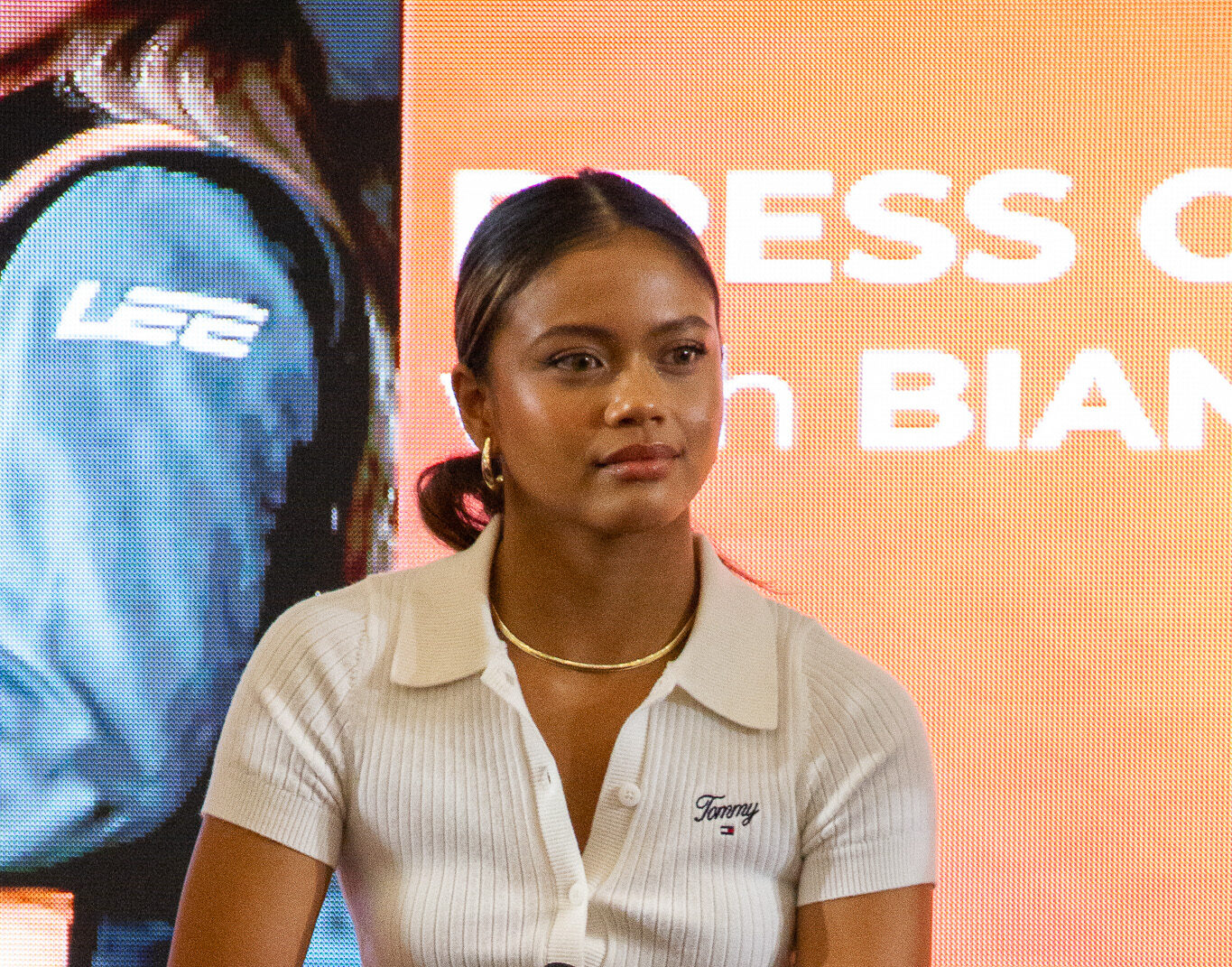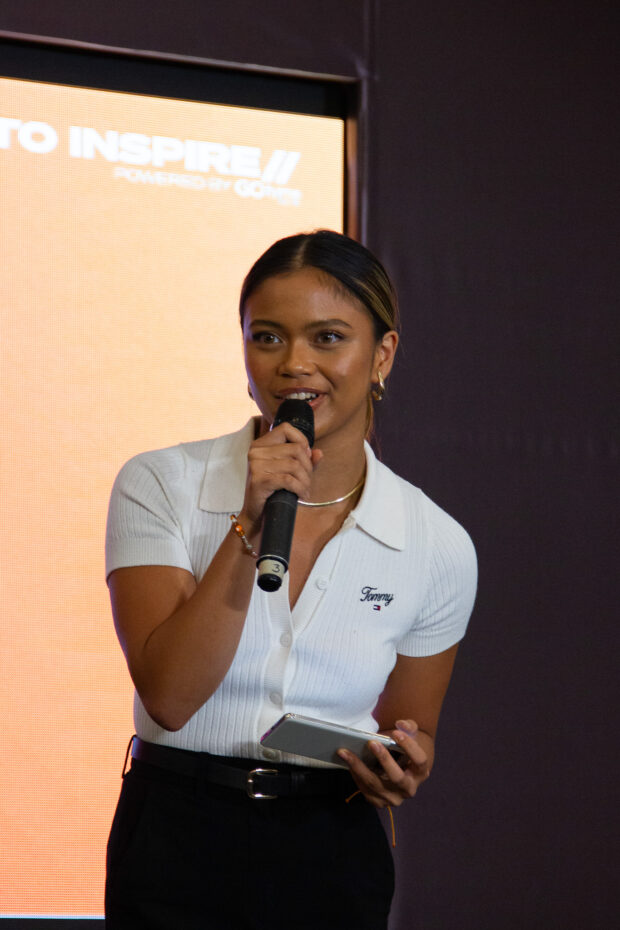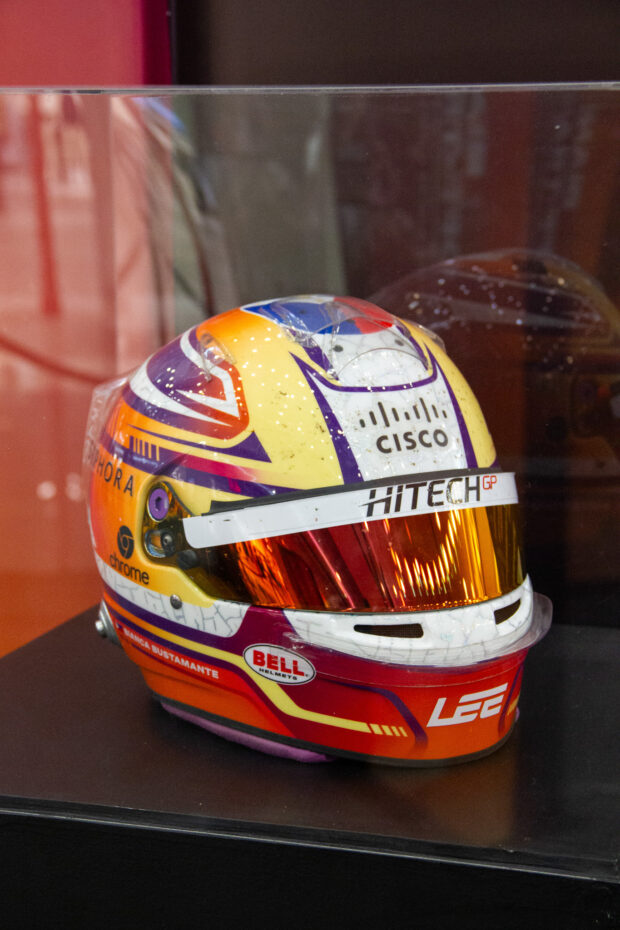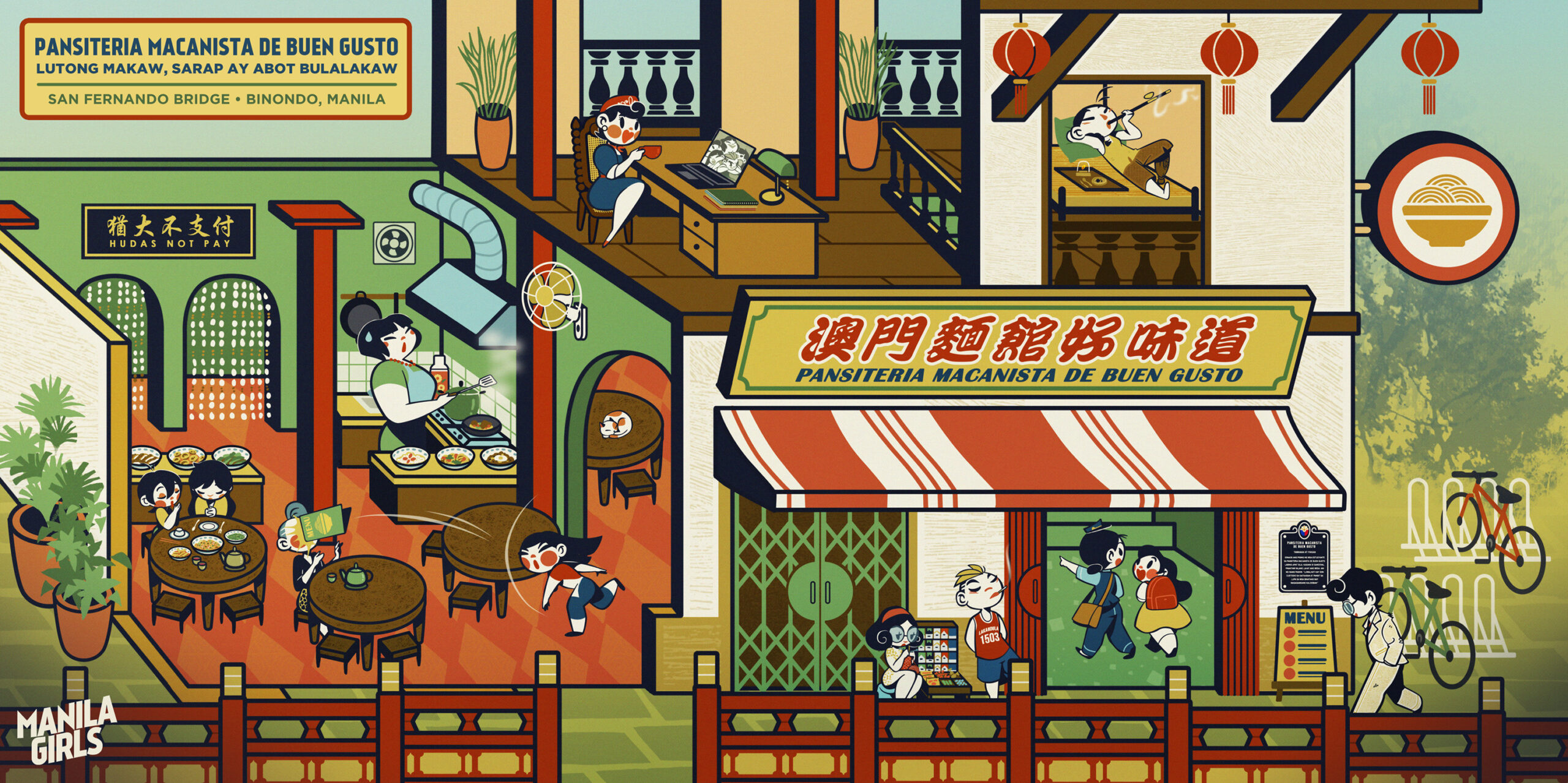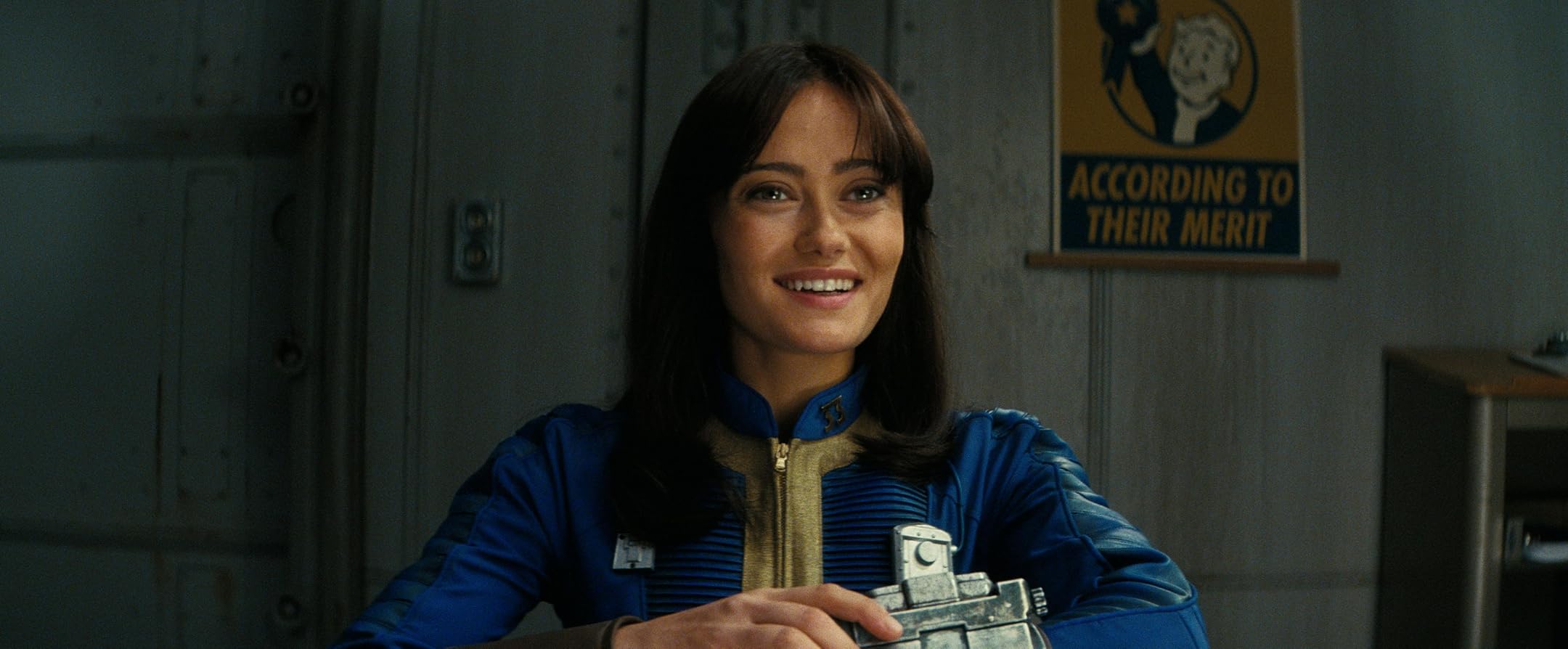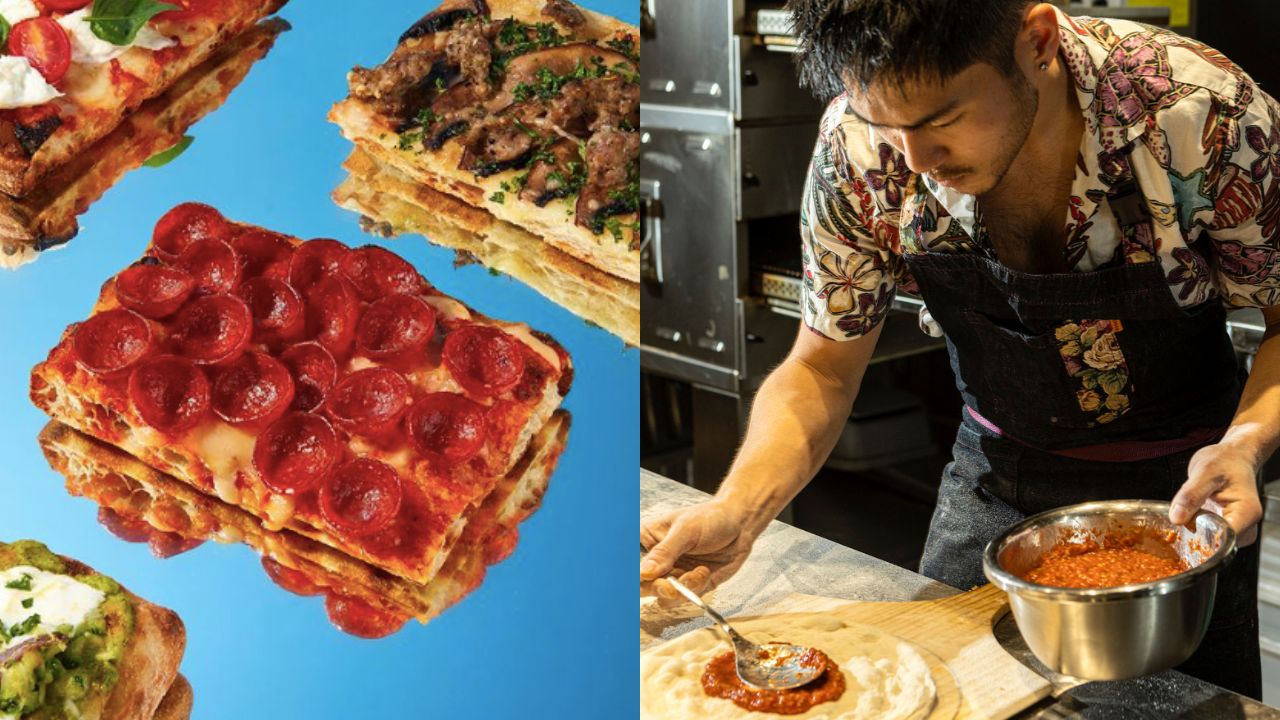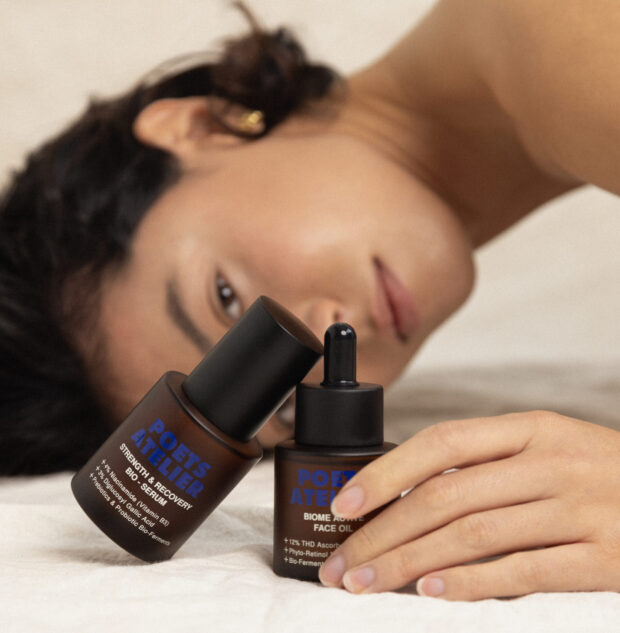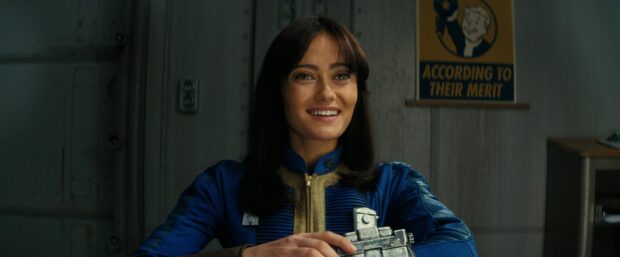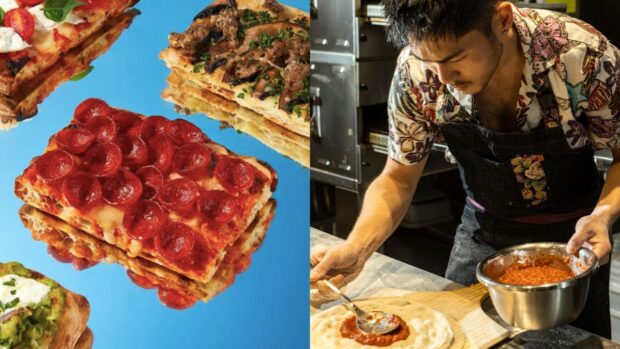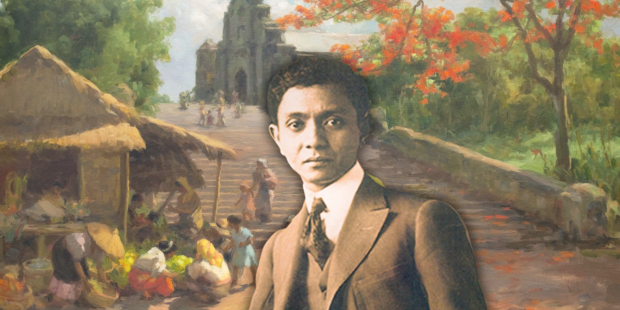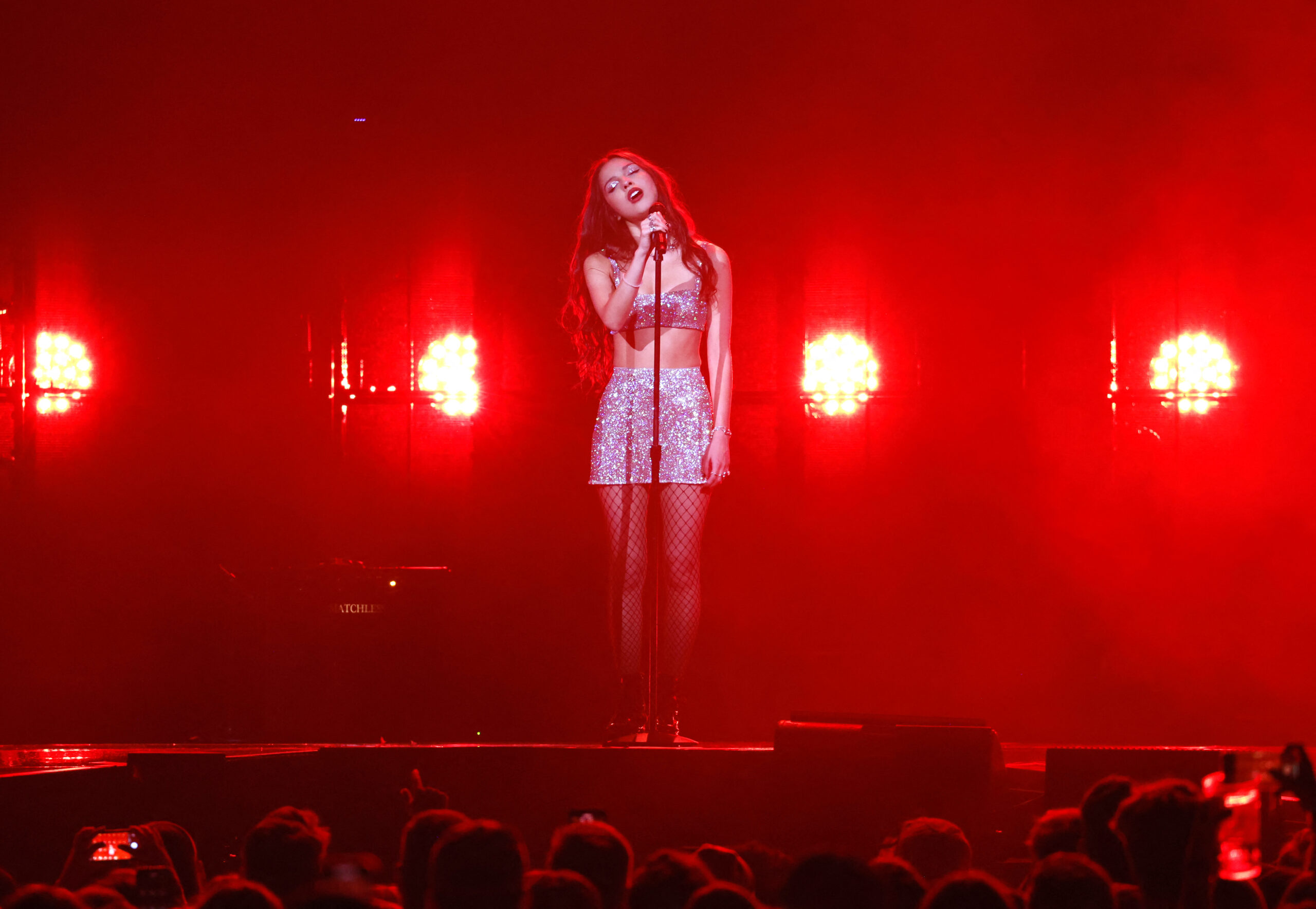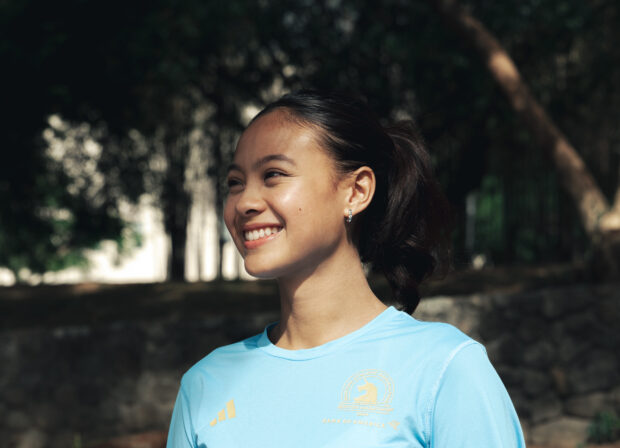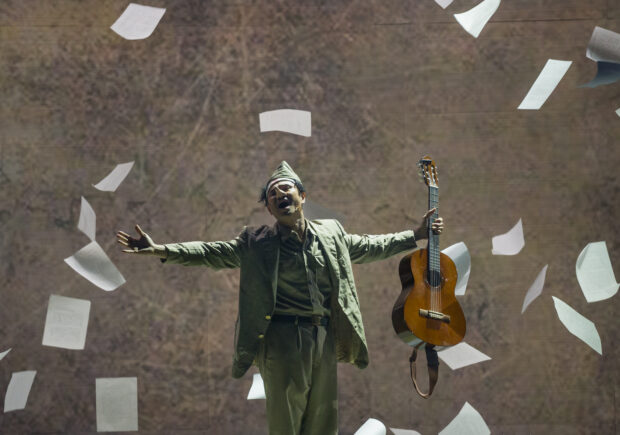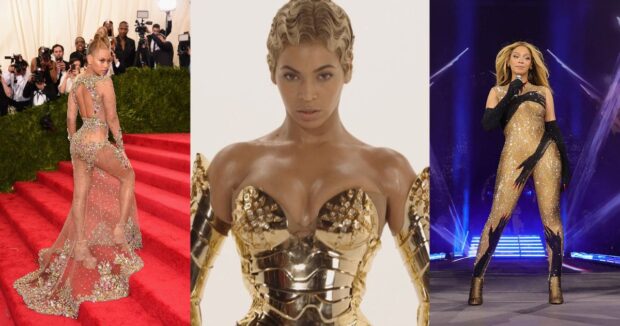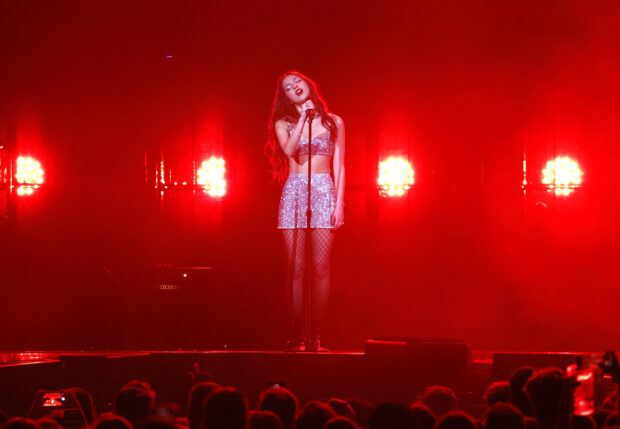Athletes weigh in on breaking into their sports, finding sponsors, handling pressure, and the importance of Filipino representation
Bianca Bustamante is redefining motorsport as we speak.
The 19-year-old Laguna native started racing against boys in grassroots karting tournaments growing up. From there, she worked her way up national and international races before competing in the W Series, an all-female racing tournament. The W Series closed after three seasons in 2022 yet Bustamante persevered, willing to, as she often states, “bleed for the sport.”
In 2023, she landed a coveted spot in the F1 Academy—an all-female, junior-level racing championship founded by Formula One—as part of the McLaren Driver Development Programme. Currently, Bustamante is the first and only Filipina driver in F1 Academy. Former racing driver Marlon Stöckinger dubs her “the female racing phenom for the Philippines.”
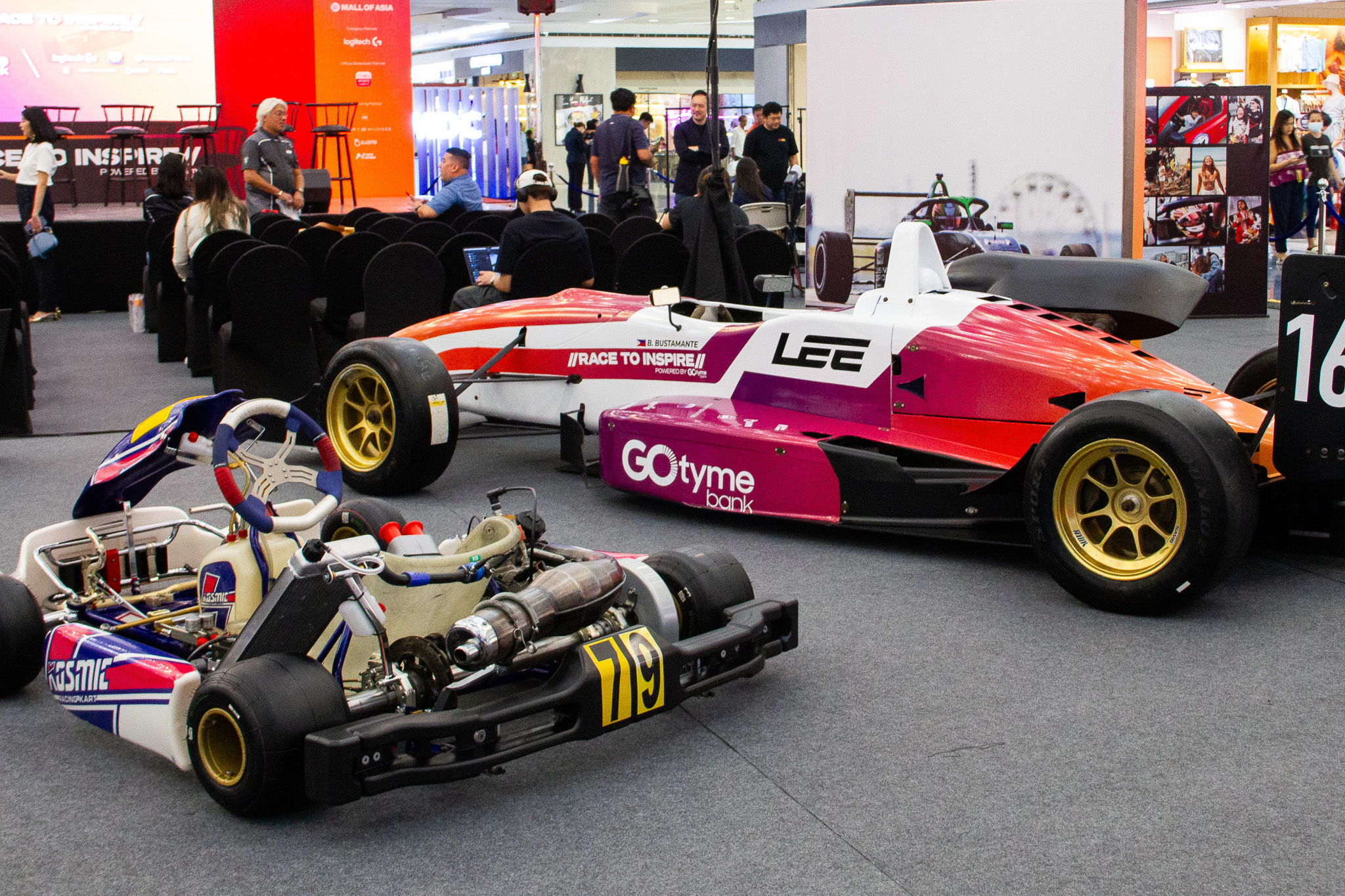
Ahead of her upcoming race in the Netherlands from Aug. 23 to 25, Bustamante made a pit stop in Manila to visit loved ones and catch up with the motorsports community. On Aug. 9, she hosted a panel discussion on women breaking into niche sports like racing.
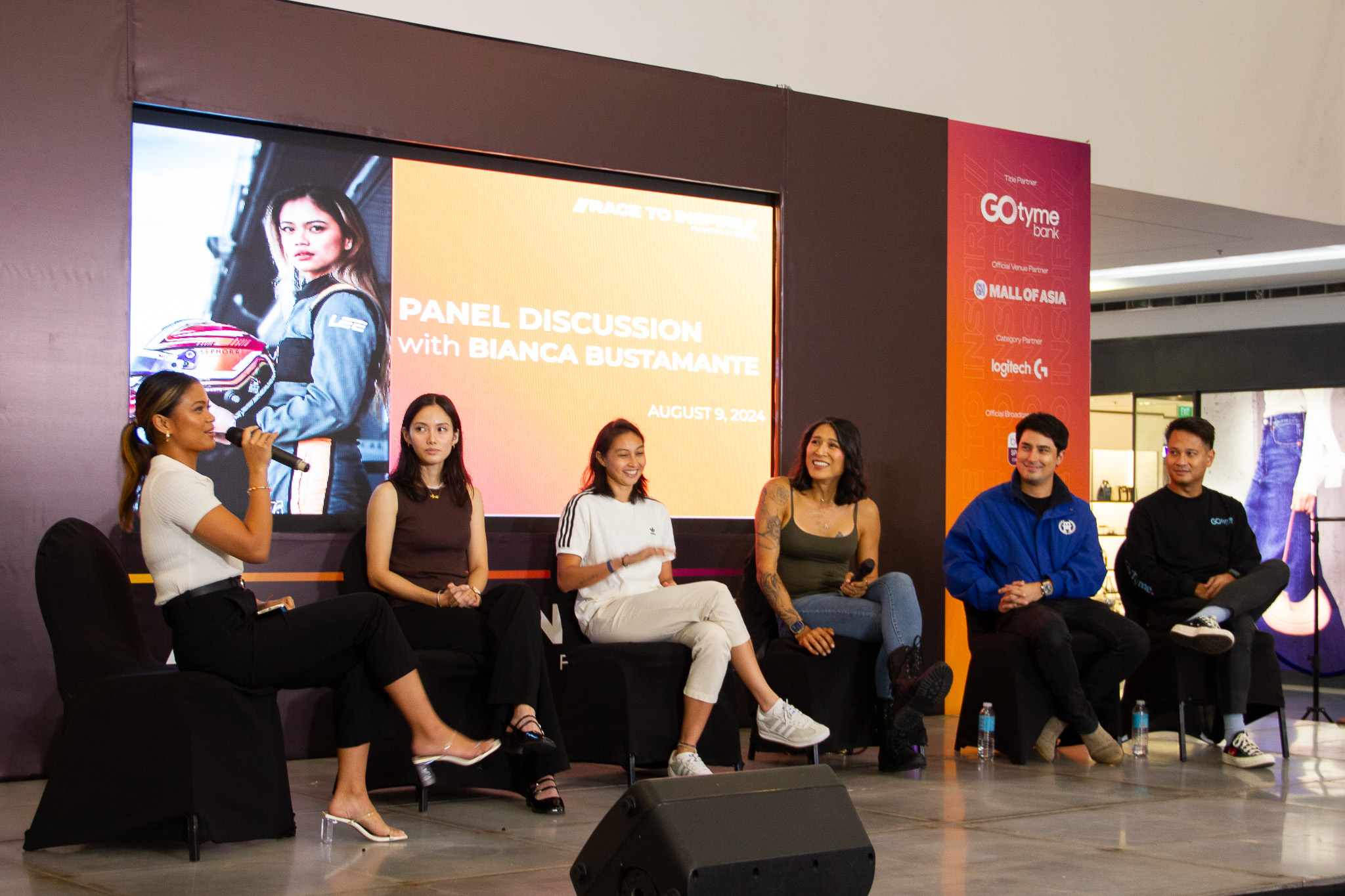
Joining Bustamante were Stöckinger, businesswoman and racer Angie Mead King, wushu athlete and five-time SEA Games gold medalist Agatha Wong, footballer and Philippine National Team member Inna Palacios, and GoTyme bank chief marketing officer Raymund Villanueva.
Bustamante led the panelists through various topics, from handling pressure during competitions to finding sponsorships as young athletes. Here are four takeaways to inspire the next wave of Filipina athletes:
Gender gaps are (sad) realities in sports
Being a woman in motorsport is no easy feat. Just ask Mead King who shared a moment when she asked her crew chief the number of women drivers in Manila.
“He said 11, including karting.”
This shocking number reflects the lack of opportunities and barriers women face in entering motorsport. “I’ve been put down because I want to wear lipstick to the track” reflected Bustamante on her experience of being the only girl on the track.” And lashes—I never leave home without lashes.”
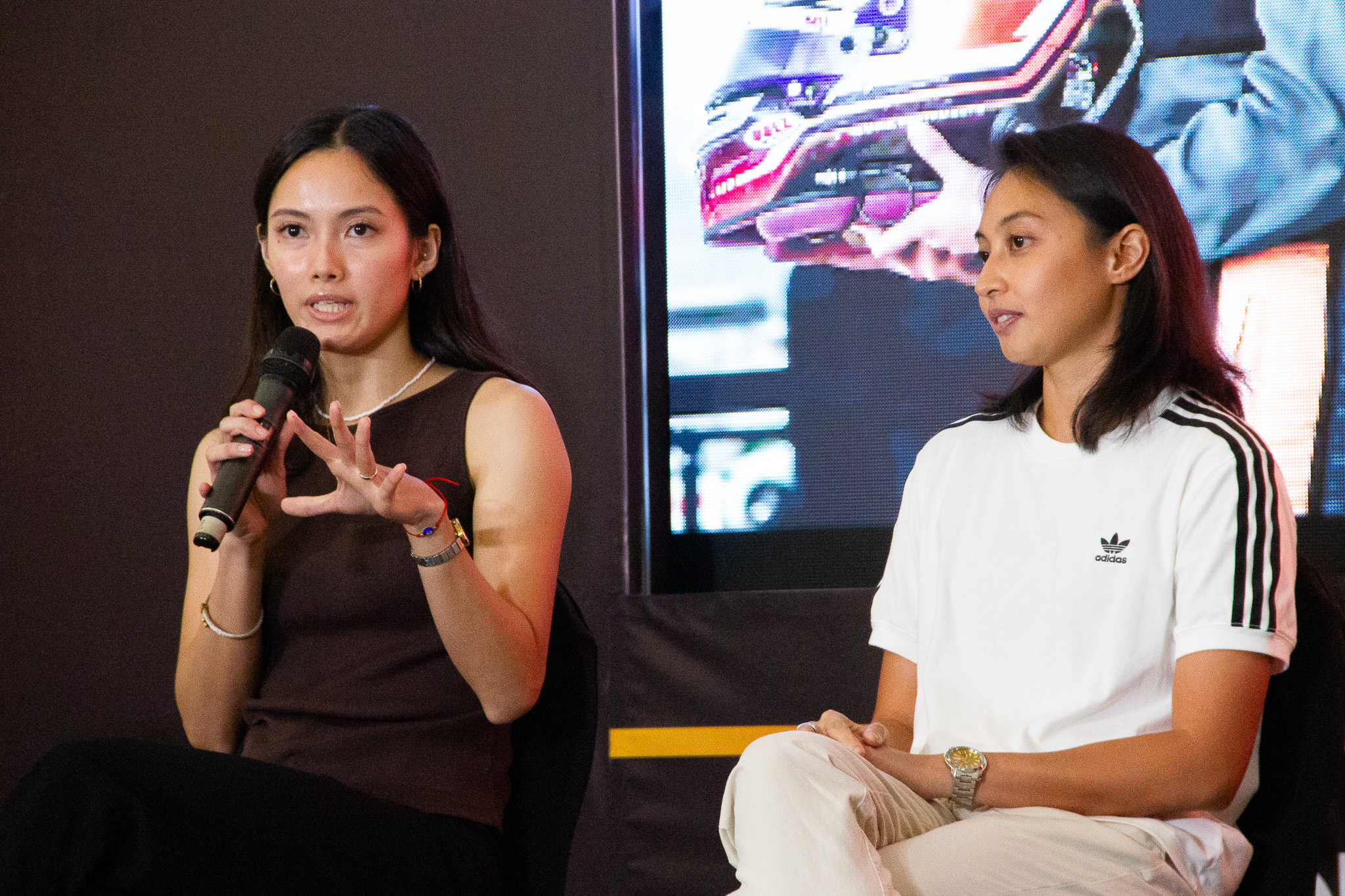
Palacios also recounted her early days breaking through in football “At home, you’re an athlete, if you did sports… there was no male or female.” The differences in opportunities, investment, and funding reveal themselves later on.“When I learned football, I didn’t know it was a male-dominated sport. I just learned that later on,” added Palacios.
The gender gap in sports persists beyond high barriers to entry. Women in sports particularly experience the gender pay gap due to a host of factors. For example, women’s sports receive less viewership and attendance, and hence, less financial sponsorship and investment.
In April 2024, star collegiate basketball player Caitlin Clark was drafted into the Women’s National Basketball Association (WNBA) for the Indiana Fever. Her total salary over the next four years would be $338,056. In comparison, Victor Wembanyama, the NBA’s top draft pick, signed a contract for $55 million after joining the San Antonio Spurs.
The disparity in their paychecks reflects the difference in revenue between the two leagues. The WNBA brought in $200 million in revenue, while the NBA brought in $10 billion in 2022. In order to close the gender pay gap in sports, women’s sports need more eyes and consequently more sponsors.
Find sponsors
Seeing racers finish their last lap around the tracks is exhilarating. But, what we spectators don’t see is the investment athletes and their teams put into the sport—not just in time or effort either.
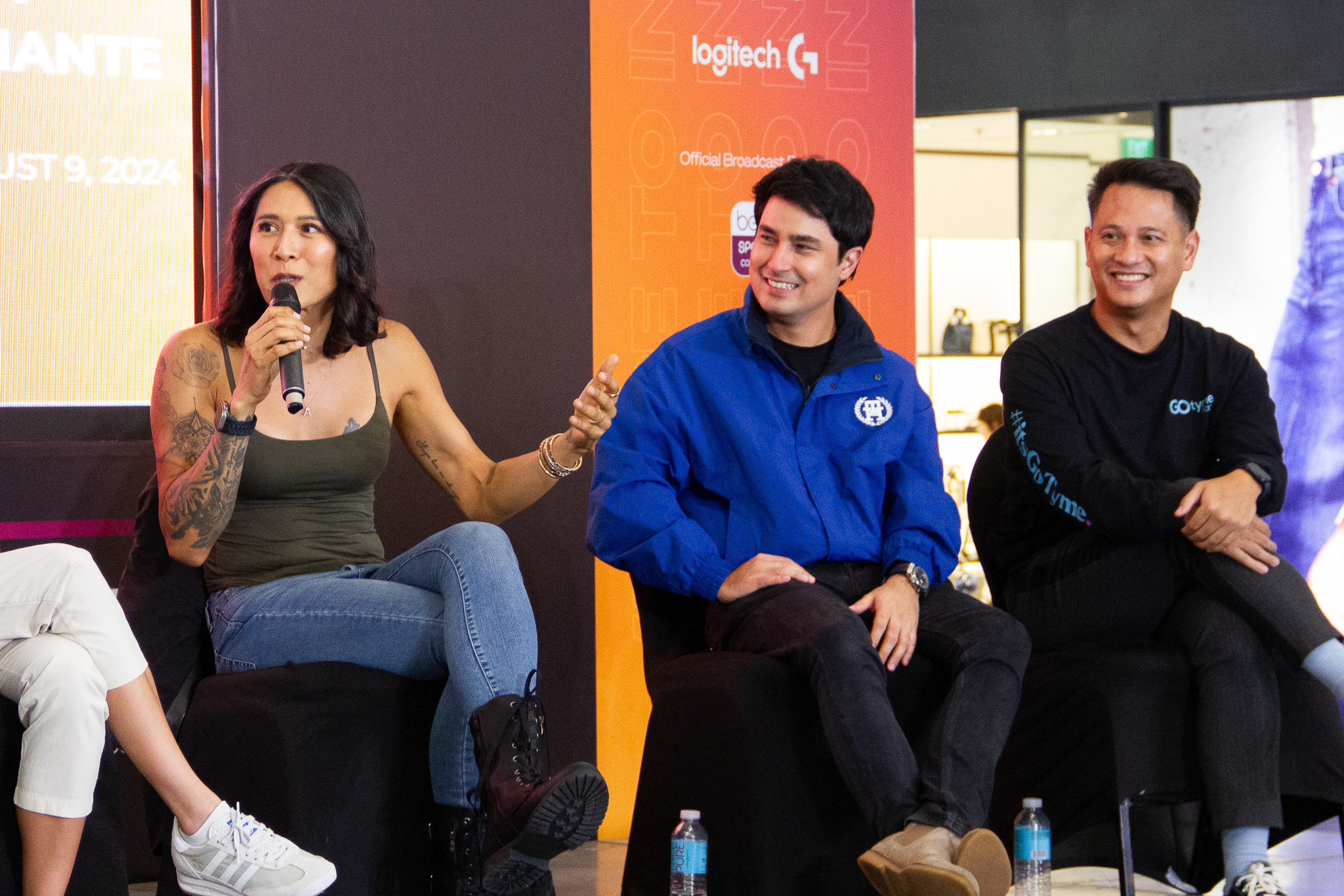
When asked about what advice Mead King would give to those who want to build cars and join races, she said, “Have lots of money.”
Though meant as an honest quip, this statement holds truth. Bustamante itemized the expenses incurred to prepare for a race, from paying for state-of-the-art race cars and renting a track for practice to compensating a team of mechanics, data engineers, and strategists. “No one really believed or supported me until later in my career when I was winning.”
One solution to the high cost of sports would be corporate sponsorships. GoTyme Bank’s chief marketing officer Raymund Villanueva highlighted the importance of supporting athletes and the increasing availability of such sponsorships for women athletes. “Sports is one of the most unifying human truths. What makes us proud is the crazy ambition to break through. You have stories to tell and we’d love to tell them with you.”
Sponsorships from private companies and governments help athletes focus on their game. Though Clark’s earnings from her WNBA contract are tiny compared with her male counterparts, she just signed an eight-year endorsement deal with Nike worth $28 million.
And let’s not look too far, too. After Filipino gymnast Carlos Yulo’s historic double gold in the Paris 2024 Olympics, prizes and sponsorships came flooding in. During the Olympic homecoming, President Bong Bong Marcos doubled Olympic athletes’s cash incentives and vowed to create formal structures to support sports. Yulo’s win—along with the efforts of our athletes at the games—sparked calls to support Filipino athletes from grassroots events like Palarong Pambansa all the way to the Olympic podium.
Pressure is a privilege
Some of the most viral moments out of the Paris 2024 Olympics were photos of athletes dealing with pre-game pressure. American gymnast Stephen Nedoroscik closed his eyes for hours (and actually appearing to be sleeping) before his turn at the pommel horse, while Turkish shooter Yusef Dikeç cooly readied his pistol while wearing a T-shirt and glasses. The panelists also weighed in on their favorite strategies to prepare before decisive matches.
“I like to down-regulate my heart rate before I get into something highly competitive.” Mead King offered. She practices box breathing because “a calm heart leads to a calm mind.” Wong takes a different approach. “I let myself feel the pressure and feel the nerves. At the end of the day, I know I trained for this.” Palacios’s approach is similar to Nedoroscik’s: “I just sleep.”
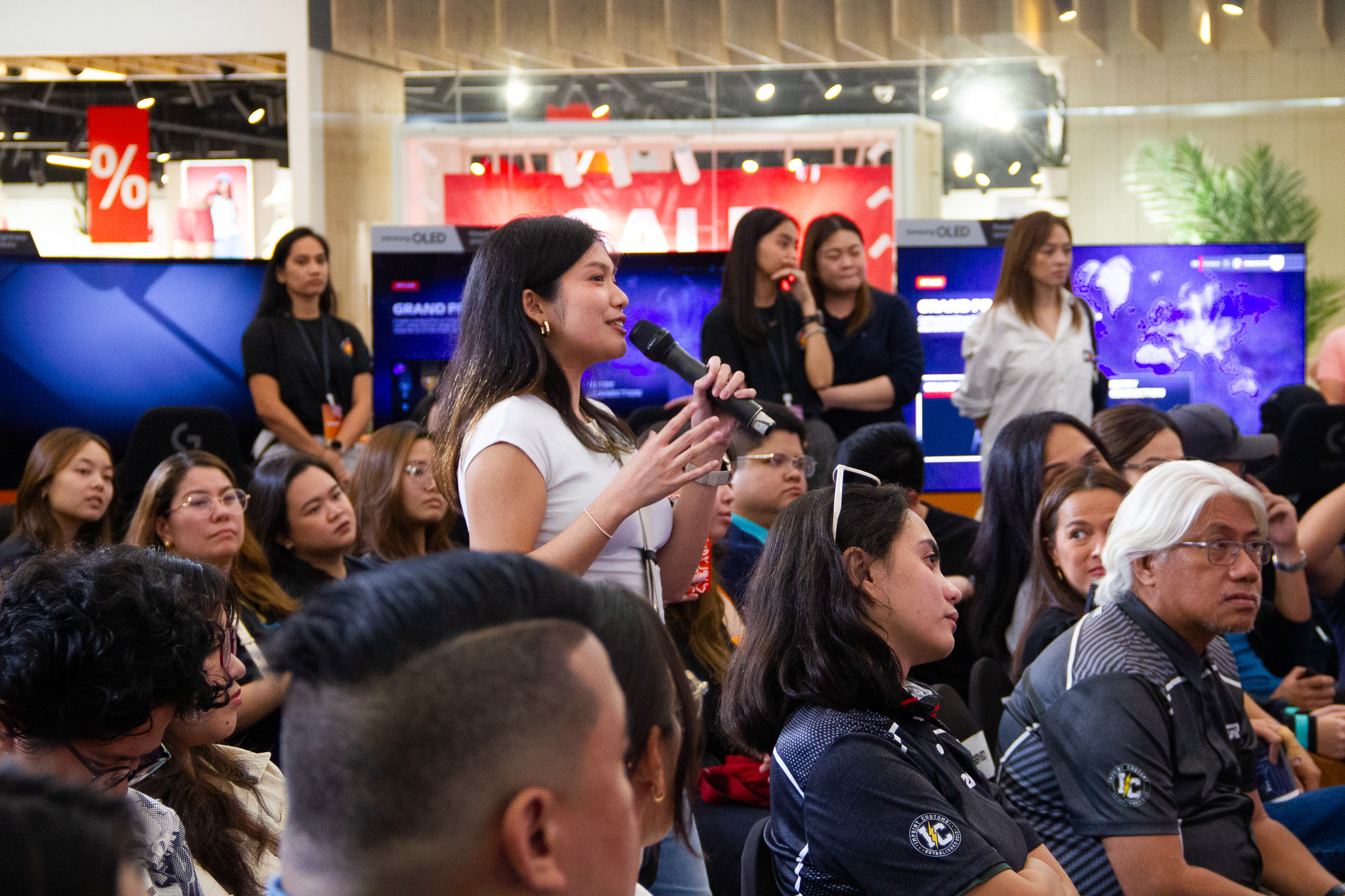
In elite competitive sports, one minuscule miscalculation could cost an athlete a match. Second-long delays in reaction time could cause a racer to lose their position. Miscalculations in performance sports like wushu could cause athletes to lose points. Amid high stakes, Stöckinger emphasized the importance of taking a step back and seeing the bigger picture. “It is a privilege to be a racing driver.” Not everyone has the opportunity to qualify for world-class competitions and—ideally—make a living out of sports. Most people don’t. “Taking that moment in makes everything feel less stressful, Stöckinger added.
Pass the torch
Athletes don’t only feel pressure before matches; they also experience the pressure of expectations from often being one of the first to represent their communities. Bustamante is the first and only Filipina in the F1 Academy. Palacios represented the Philippines in the World Cup qualifiers. Wong was one of the only girls in the Philippine national wushu team. When you’re the only one of your culture or gender, it seems like all eyes are on you to fail or succeed.
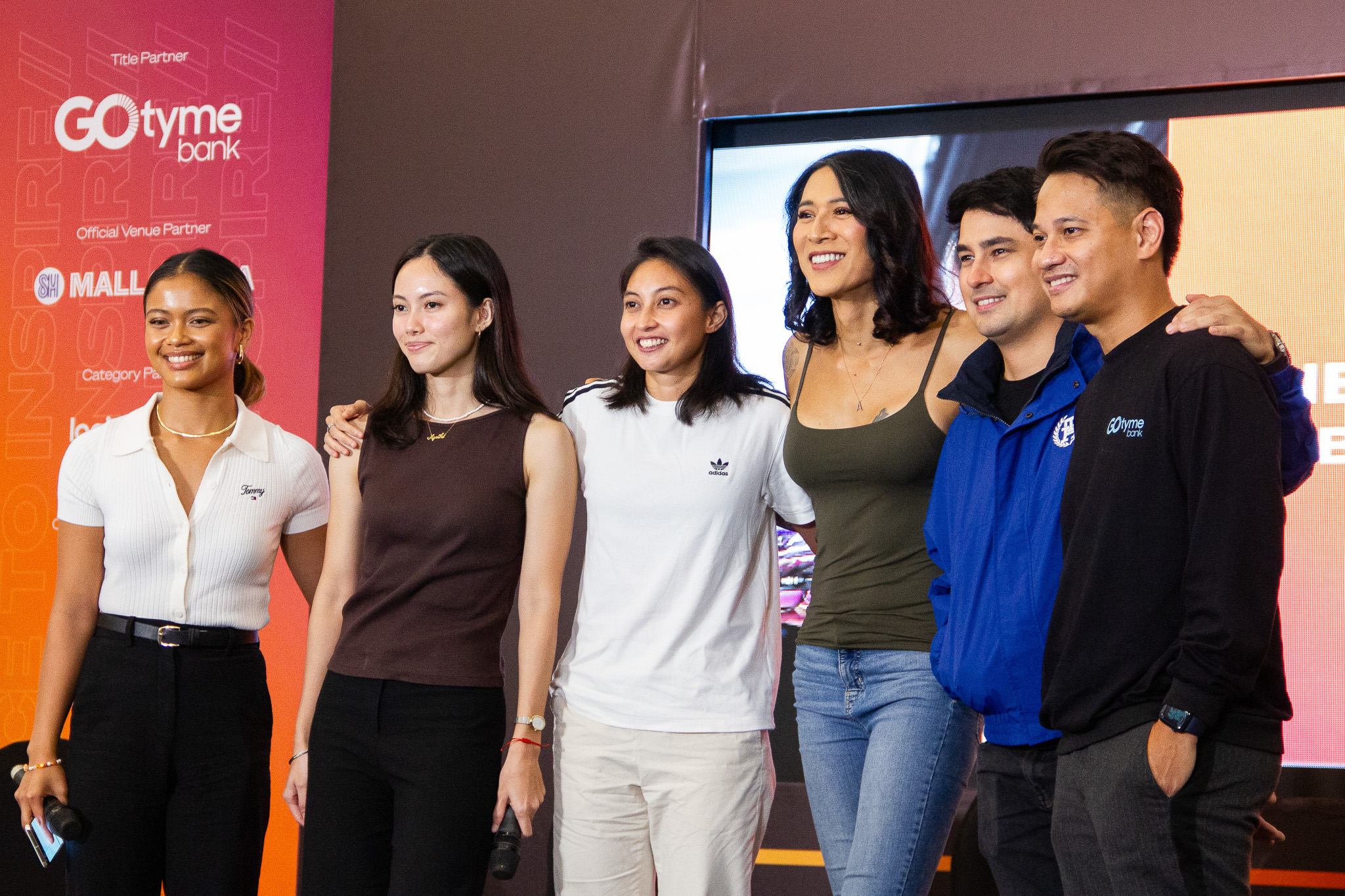
“Kids see us. When you’re visible, you become attainable.” Palacios beautifully summarized. Seeing Filipino athletes succeeding on the world stage allows all of us to dream bigger. Weightlifter Hidilyn Diaz’s historic gold medal win at the 2020 Tokyo Olympics planted the seed for medal follow-ups in the 2024 Paris Olympics.
“Maybe one of the kids here would hear us talk and say, ‘I want to pursue my dreams,’” Palacios said. “That’s the best gift one Filipino athlete could give to another.”
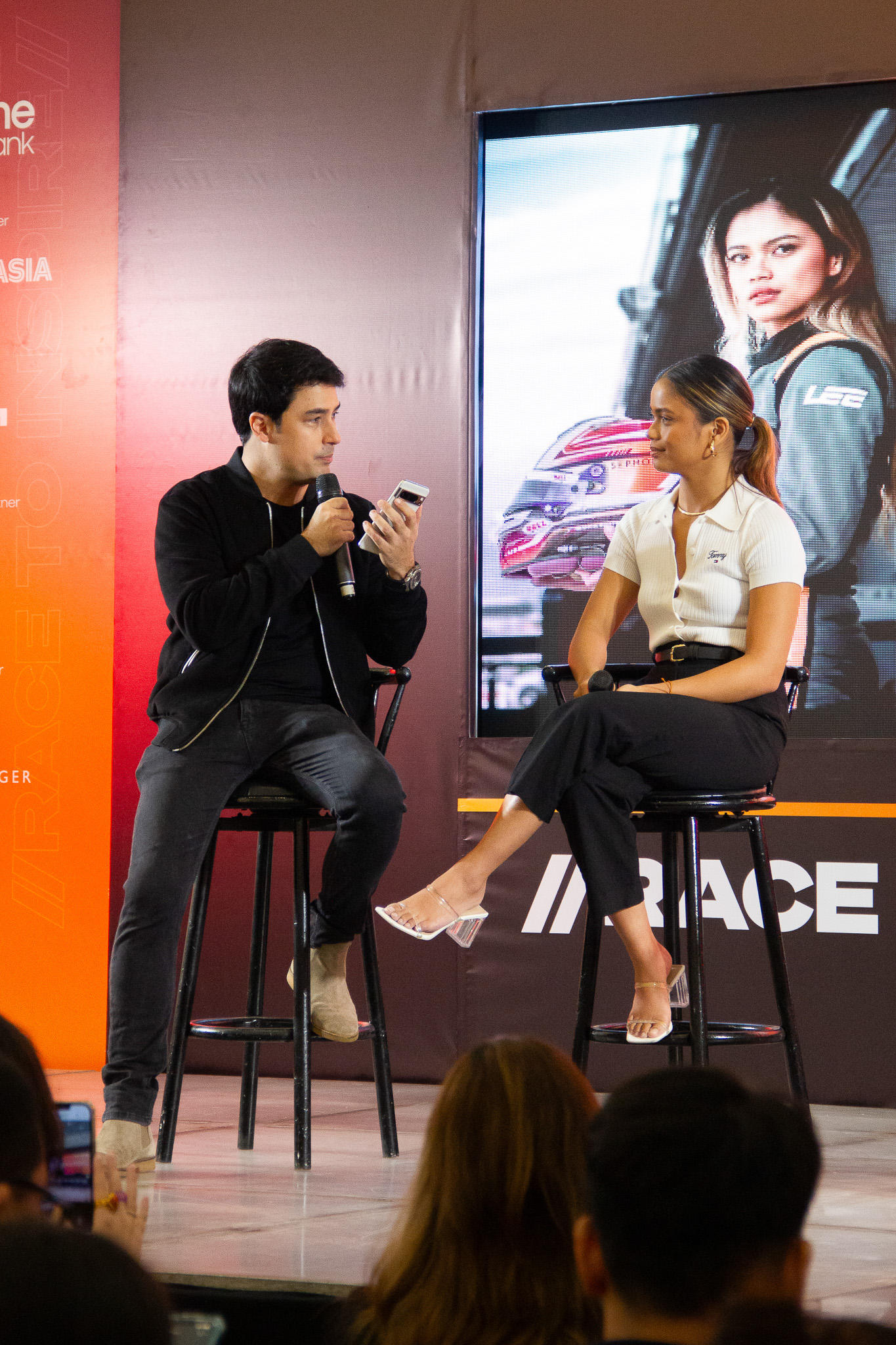
Around 10 years ago, Stöckinger held a fan meet in SM Mall of Asia for the Filipino racing community. In the crowd was a young Bianca Bustamante. “I had my little racing suit on and I remember thinking, I hope to be like him someday!” Seeing Stöckinger compete in Europe and drive an F1 car showed Bustamante her racing dreams weren’t out of reach.
Now, Bustamante is busy preparing for her upcoming F1 Academy race in the Netherlands from Aug. 23 to 25, 2024, and she’s looking forward to her race in Singapore from Sept. 20 to 22, 2024.
Whenever she steps on the tracks, she carries the weight and responsibility of representing the Filipino motorsport community. Perhaps, the next generation of racers is watching Bustamante start her engine from their homes in the Philippines, or see her host a panel. So, who will Bianca Bustamante inspire next?

